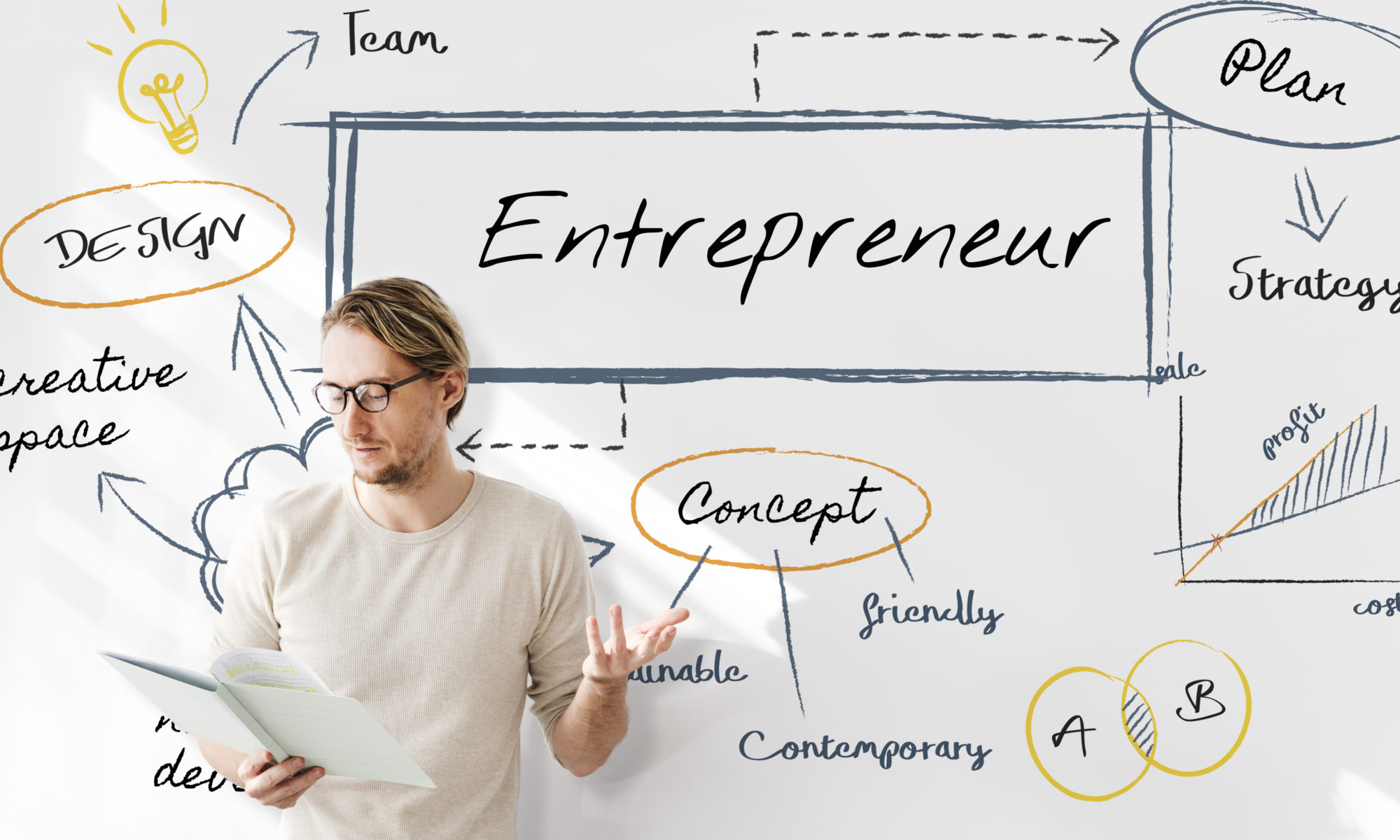By Dora Cheatham, Program Manager, Emerging Enterprise Center
New product development is often spoken of but seldom practiced. Yet it is a process that is all-encompassing, risk-averse and eloquent in its simplicity. When coupled with outstanding project leadership, it’s a winning formula guaranteed to yield results.
Too often, product development in today’s larger organizations is fraught with miscommunication, misdirection, lots of activity with little accomplishment, unclear goals. The end result is wasted time, effort, and sometimes a product that does not deliver on its early promise. An effective development process – my personal favorite is the stage-gate process – that is well executed and well led is critical in eliminating many of these problems, increasing speed to market and ensuring that the product under development continues to meet business goals and market requirements.
The 5 Steps of Development

Step 1: THE IDEA – The source can come from R&D (based on new technology), Marketing (based on market need or gap analysis determination), Sales (based on customer need) or Operations (based on a new process that offers manufacturing alternatives). Each idea should be screened to determine its overall viability before moving on to the next stage. Does it meet the company’s overall strategic goals? Business goals? Market development goals? Product development goals?
It is important to note that new product ideas are based on knowledge: customer and industry knowledge, technological and environmental knowledge. The sharing of knowledge between departments enables the connection of dots that may remain unconnected if left floating alone in a vacuum. R&D or Engineering may be aware of a new technology but unaware of a market application while Marketing may see a market need or application without being aware of the technologies available to meet the application. Manufacturing and operations should be aware of both market needs and trends as well as technological developments so that they, in turn, are well positioned with regard to resources.
Step 2: PRELIMINARY REVIEW – Technological, operational and marketing viability. What is the total market size and potential? What are the R&D cost requirements? What are the operational requirements? What are the ROI estimates? Are there any regulatory implications? Product and time parameters, including product functionality and attributes, estimated cost targets and market goals should be established.

Step 3: DEVELOPMENT – A step in which all departments – not just R&D or Engineering – should be involved with frequent communication and updates to ensure that the product criteria established in Step 2 are being met, and that the needs and timing remain unchanged. If at any point during this stage there is a change in product scope, cost or timing, then a review of the business case may be warranted to determine if further development should continue or expectations should be adjusted.
Step 4: TESTING – A critical part of the process since this will validate the product or determine if additional development time is requirement. If possible, testing should be completed in partnership with a launch customer as this offers external as well as internal validation of product performance. This step will also determine if the product continues to meet the criteria and goals established in Step 2, or if these criteria need to be re-evaluated and/or adjusted.
Step 5: COMMERCIALIZATION and LAUNCH – Production ramp up and marketing plan. Are all the operations pieces – from part numbers to purchasing to production – in place? Are all regulatory pieces (if applicable) in place? Does the sales team have everything they need – from marketing materials to samples to trial protocols to industry context – to sell with confidence? Again, all departments should be involved in the commercialization process to ensure that all elements of the Commercialization and Marketing Plan are orchestrated for a flawless launch.
Effective Project Leadership is a Must
The above notwithstanding, it is not enough just to have a good process in place. The keys to a successful new product development process are project leadership and execution, as well as cross-functional involvement and contribution at all stages of the development process. Effective leadership ensures:
- Regular communication across all disciplines at every step of the process;
- That the product continues to meet all criteria established at Step 2 of the process;
- That the activities engaged in the entire development process add value to the overall innovation strategy;
- That – once commercialized – momentum is maintained to ensure that the product yields the expected results.
Too often, a process is put in place but is poorly implemented or poorly led, and therefore fails to yield the desired results. Like any process, success depends on keeping the end in sight, and in this case the end does not finish with first piece approval. Frederick W. Smith said it well when said:
“Leadership is simply the ability of an individual to coalesce the efforts of other individuals toward achieving common goals. It boils down to looking after your people and ensuring that, from top to bottom, everyone feels part of the team.”
